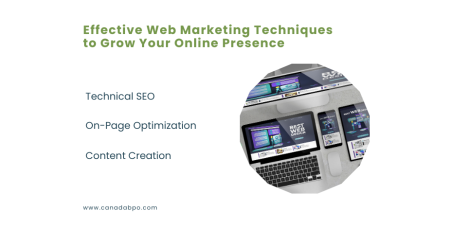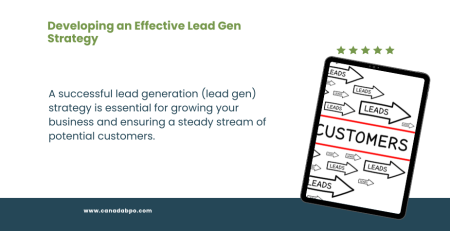Product positioning is a critical element in any successful marketing strategy. It refers to the process of defining how your product or service is perceived in the minds of consumers compared to competitors. In this blog post, we will explore the concept of product positioning, why it’s essential, and how to effectively position your product to gain a competitive edge in the market.
What is Product Positioning?
Product positioning involves creating a distinct image or identity for your product in the minds of your target audience. It’s about defining the unique value your product offers and ensuring that your customers understand why your product is better suited to meet their needs than any other option available. Product positioning is closely tied to your brand’s messaging, marketing efforts, and overall strategy.
Why is Product Positioning Important?
- Differentiation in a Crowded Market:
- Explanation: In a competitive market, product positioning allows you to differentiate your product from the competition. By clearly communicating what makes your product unique, you can carve out a niche and attract the right customers.
- Impact: Effective positioning can help you stand out in a crowded market and capture the attention of your target audience.
- Building Customer Loyalty:
- Explanation: When customers clearly understand your product’s value, they are more likely to stay loyal to your brand. Consistent and strong positioning creates a positive association with your brand, leading to repeat purchases and long-term customer relationships.
- Impact: Loyalty is built on trust, and effective product positioning helps establish and reinforce that trust.
- Aligning Marketing Strategies:
- Explanation: Product positioning guides your marketing efforts by providing a clear direction for your messaging, advertising, and promotions. With a well-defined position, all of your marketing activities can work in harmony to reinforce the same message.
- Impact: Consistent messaging across all marketing channels leads to stronger brand recognition and increased customer engagement.
- Enhancing Value Perception:
- Explanation: Through strategic positioning, you can enhance the perceived value of your product. By highlighting its unique features, benefits, and the problems it solves, you can make your product seem more valuable than the competition.
- Impact: Strong positioning can justify a premium price point and attract customers who are willing to pay for quality and value.
Key Steps to Effective Product Positioning:
- Identify Your Target Market:
- Explanation: The first step in product positioning is identifying your target market. Who are your ideal customers, and what are their needs, preferences, and pain points? Understanding your audience allows you to tailor your positioning strategy to meet their expectations.
- Example: A luxury skincare brand may position its products as premium and exclusive, targeting customers who value high-quality ingredients and are willing to invest in their skincare routine.
- Analyze the Competition:
- Explanation: To effectively position your product, you must understand how your competitors are positioned in the market. What do they offer, and how do they differentiate themselves? By analyzing the competition, you can identify gaps and opportunities for your own positioning strategy.
- Example: A startup offering eco-friendly cleaning products may position itself as a sustainable alternative to traditional brands, focusing on environmentally conscious consumers.
- Define Your Unique Value Proposition (UVP):
- Explanation: Your unique value proposition (UVP) is the core of your product positioning. It’s the statement that clearly articulates why your product is different and better than the competition. Your UVP should be concise, compelling, and focused on the benefits that matter most to your target audience.
- Example: A tech company may position its latest smartphone as having the best camera quality on the market, appealing to photography enthusiasts and content creators.
- Craft a Clear Positioning Statement:
- Explanation: A positioning statement is a concise description of your product’s positioning in the market. It should include your target market, the category your product belongs to, the unique benefits it provides, and why those benefits matter to your customers.
- Example: “For environmentally conscious families, our eco-friendly cleaning products offer a safer, non-toxic alternative to traditional cleaners, ensuring a healthier home for you and your loved ones.”
- Consistent Messaging Across All Channels:
- Explanation: Once you’ve defined your product positioning, it’s essential to maintain consistency in your messaging across all marketing channels. Whether it’s your website, social media, email campaigns, or advertisements, every piece of content should reinforce your positioning.
- Example: A fitness brand positioned as the leader in high-performance athletic gear should consistently communicate this message through product descriptions, influencer partnerships, and social media content.
Product positioning is more than just a marketing tactic—it’s a strategic approach to defining your product’s place in the market and in the minds of your customers. By understanding your target audience, analyzing the competition, and crafting a compelling value proposition, you can position your product effectively and gain a competitive advantage. Successful product positioning can lead to increased brand loyalty, enhanced customer perception, and ultimately, greater business success.
Need help with your product positioning strategy? Contact our expert team to create a unique positioning that sets your brand apart in the market.










